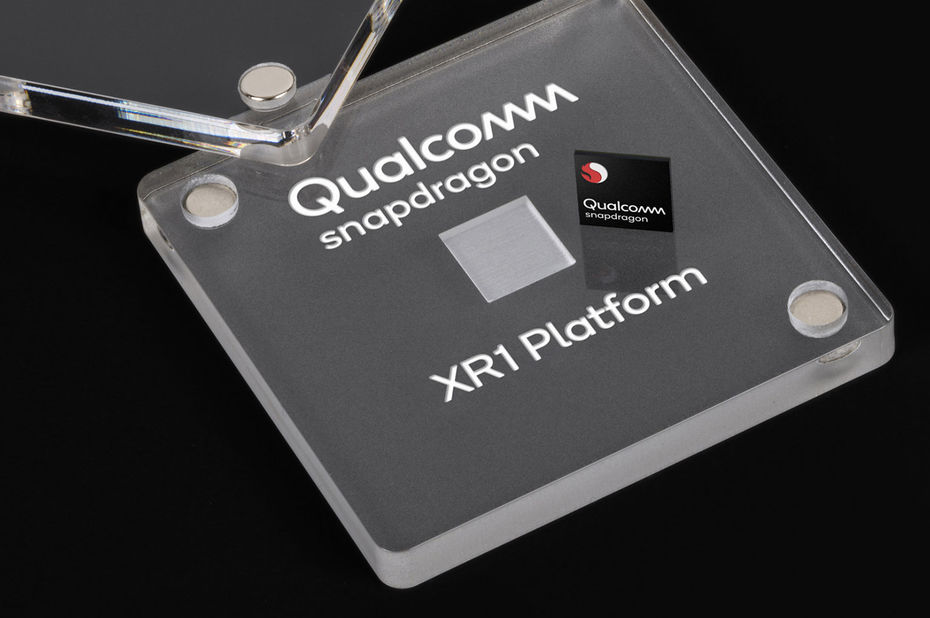Virtual reality (VR) and augmented reality (AR)—which we now call mixed reality—has had two very serious problems that I think could have been solved had the industry just approached this segment properly. Before we get to the Qualcomm XR1 platform and how it addresses those issues, though, I want to chat about how the industry messed up bringing this technology to market.
The VR/AR Screw Up
What is often find really annoying is when my industry tosses out everything we’ve learned about how to bring a new technology to the consumer market and then seems surprised when it doesn’t go well. Up until now VR/AR has been a huge disappointment in the consumer space. Google brought out Google Glass for AR which turned out to not only suck, it actually got some of the users beat up and called Glassholes. Then Facebook and HTC brought out expensive but sub-standard offerings with little content and seemed shocked their offerings didn’t sell well.
There are two tested ways to create a consumer market like this. The first is to start with arcades and a high-end consumer solution, but one where the cost can be spread across multiple users—much like Disney is now doing with their Void effort (which is amazing by the way)—and then cost reducing it into the consumer market using the same content. The other way is to start with the commercial market and a high-end solution and then cost reduce that—but that doesn’t get you the content you need for the high-volume consumer segment. What happened is that the industry tried to jump directly to the consumer home market and it didn’t go well at all.
Now the commercial market actually did take off, but—in terms of volume—it is a fraction of the volume of the consumer market and the initial hardware was underspecified because it initially was designed as consumer offerings. This is all getting sorted but this should have been done right out of the gate and my hope is that, next time, folks won’t forget this lesson because a ton of money has been wasted and a lot of the early adopters were burned with the expensive, poorly thought through, early offerings making launching the consumer side of this market successfully far more difficult. You don’t burn your early adopters because you need them to build the market and we burned a lot of early adopters doing this wrong.
Qualcomm XR1
Now, as noted, there is a problem with the current hardware. At the high end it remains largely tethered to an expensive PC making the solution more dangerous and way too expensive for most users. We still lack content, but the Qualcomm XR1 platform will result in affordable non-tethered headsets with solid performance that don’t need a PC. This should dramatically lower the cost of entry for those wanting to use this technology and, hopefully, get us some decent content creators back on the program. You have to realize that, when it comes to content, developers don’t want to build games if there is nothing in the market to run them and users don’t want headsets unless there is something they want to run on them (thus why the arcade first approach is favored).
What makes the XR1 platform stand out is that it has solid video performance at 30 frames a second at 4K Ultra HD resolutions—or substantially better than the first-generation PC and phone (Google Glass) based offerings. It has a number of features specifically designed to clean up the image, position the sound and image field properly as the user moves around, and contains a host of sensors that complete the offering. All you really need is a power source, the case that frames out the headset, optics, and headphones and you are basically good to go. Granted solid optics may turn out to be an issue but Corning has a special product group working to address that exact problem so a vendor looking to build a quality product, which is what we need, has all the parts needed to roll it out before year end.
Wrapping Up: We Still Need Compelling Content
The Qualcomm XR1 platform gives us the potential for the well-priced hardware that the market is missing and the potential for a hit product, particularly if it contains Corning optics, but we still don’t really have compelling content.
There are a number of folks working to fix that last critical problem, and—if it can come together by year end—we may finally have a decent mixed reality solution in the segment and at least one new hit product for the holiday season.
We’ll see. The clock is certainly ticking.
- Apple’s Latest Magic Show: A Super-Thin Phone Nobody Wanted and Two Gadgets You’ll Actually Buy - September 12, 2025
- Google’s Antitrust Defeat: How the U.S. Government Handed Microsoft a Huge Advantage - September 9, 2025
- More Than Moore’s Law: AMD’s 30-Year Masterclass in Corporate Responsibility - September 2, 2025



